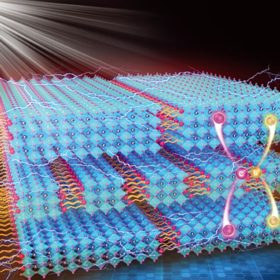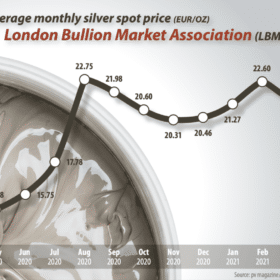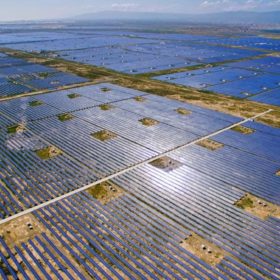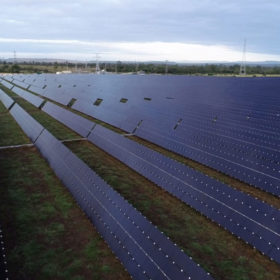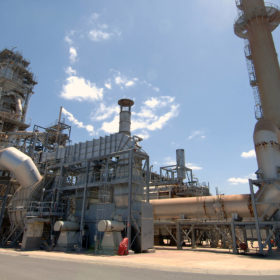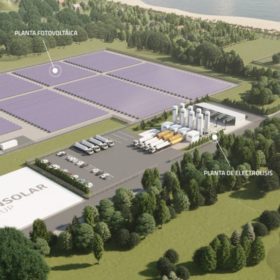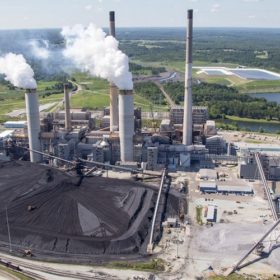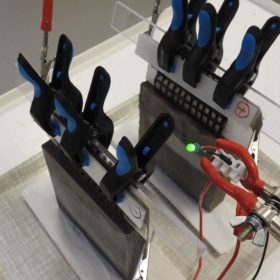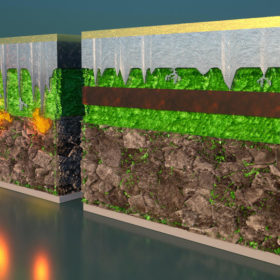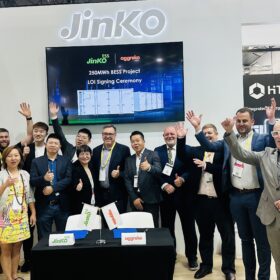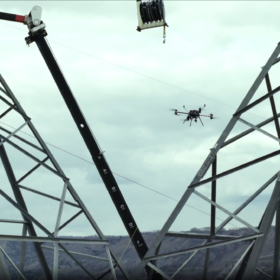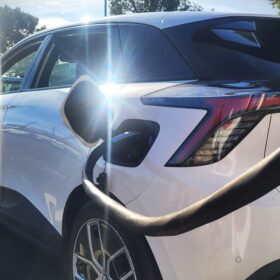Discovered: Sandwich structure of quasi-2D perovskite film nourishes next-gen solar development
Even as solar researchers strive to squeeze every drop of efficiency from the industry-ruling silicon solar-cell technology, scientists are constantly questing for the next, cheaper, more efficient way of harvesting the sun’s energy to power human endeavours. The appetite for accelerating 2D perovskite solar cell development has just been piqued!
Sunday read: All that glitters is HJT
The devil is in the details, as they say, and when it comes to the next generation of mass-produced, high-efficiency PV cells, silver costs may be devilishly hard to reduce. Making things worse, prices for the precious metal are now heading in the wrong direction.
Saturday read: New applications see surge in Chinese demand
China’s project development segment is dynamic, to say the least. Having undergone significant changes toward a “subsidy-free” footing, developers are now facing requirements to integrate storage, deploy hybrid arrays, and pursue self consumption through BIPV and agrivoltaics applications, writes Frank Haugwitz, the director of the Asia Europe Clean Energy (Solar) Advisory (AECEA).
AI-powered trading platforms on the rise in fast-moving markets
Australia’s energy transition from traditional generation to renewable resources is quickening and global energy technology provider Fluence has highlighted that asset operators are turning to automated bidding solutions as they seek to navigate an increasingly complex market.
Ampol unveils renewable hydrogen plan for oil refinery site
Australia’s largest petroleum company Ampol has declared its intent to transition away from traditional oil-based fuels, teaming with Ireland’s Fusion Fuel to develop a solar-powered hydrogen production plant at it’s oil refinery in Queensland.
Hydrogen to be produced from seawater in Spanish solar-plus-storage plant
Spanish PV project developer Gransolar is planning to build a large-scale green hydrogen production plant in the Port of Almería, in southern Spain.
Novel approach to turn coal plants into energy storage stations goes into testing
Funded by a United States’ Department of Energy grant, the project will evaluate Malta Inc.’s thermal energy storage system as a viable, scalable solution.
Concrete battery for applications in buildings, rooftop PV
A prototype of a cement-based battery has been developed in Sweden for potential applications in buildings. Its creators claim it could become a solution to store electricity from rooftop PV and they do not exclude that it could also be used for the storage of large-scale renewables.
Q Cells announces n-type module with passivating contacts
Production on the new module, called Q.Tron, is expected to begin this year. The product is described as an evolution of the company’s Q.antum cell technology.
Harvard scientists unveil solid-state lithium battery that can be charged and discharged at least 10,000 times
US scientists have created a new design for lithium-metal, solid-state batteries that should avoid the formation of dendrites that grow into the electrolyte. Their multilayered battery could potentially recharge electric vehicles within 10 to 20 minutes.
